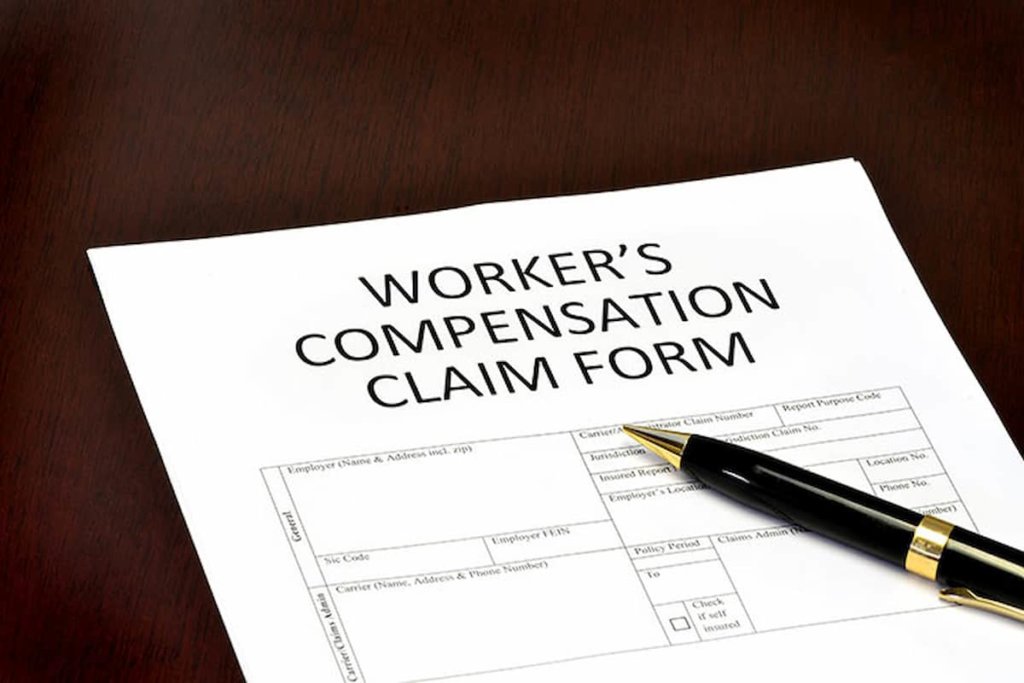As much as most California employees would like to think they have prepared for the worst, accidents tend to happen when one least expects them. Safety risks become more prevalent in the working environment, where workers often face higher stress levels, physical hazards, or the demands of multitasking. Whether it is a slip and fall, a machinery accident, or repetitive stress injury, a workplace accident is a serious matter that may require workers’ compensation procedures to ensure medical care and wage replacement.
Understanding the Workers’ Compensation System
California’s Department of Industrial Relations (DIR), through the Division of Workers’ Compensation (DWC), provides guidance on state laws. The DIR publishes extensive booklets and materials on workers’ comp, but the volume of information can feel overwhelming. Many workers are left wondering what steps to take first after an accident has occurred.
The DIR clarifies that once an employee reports an accident to the employer, the employer must provide the worker with a DWC-1 Claim Form within one business day. Filing this claim is the official start of the workers’ compensation process. Medical care remains the top priority, and treating physicians play a central role. They provide immediate treatment, determine when an employee can return to work, refer patients to specialists, and supply documentation for the claim.
Benefits Available to Injured Workers
Workers’ compensation benefits are broad and designed to provide financial and medical support. In California, workers may be entitled to:
- Medical Care for all treatment reasonably necessary to cure or relieve the effects of the injury.
- Temporary Disability Benefits, typically equal to two-thirds of the worker’s average weekly wage, are paid during recovery when the employee is unable to perform their regular duties.
- Permanent Disability Benefits if the injury causes lasting impairment.
- Supplemental Job Displacement Benefits (SJDB), which provide a retraining voucher of up to $6,000 if the employee is unable to return to their previous occupation.
- Death Benefits to dependents in cases of fatal workplace injuries, including burial expenses and financial support.
Employer Responsibilities Under California Law
Employers have a legal duty to secure workers’ compensation coverage. They can obtain coverage through the State Compensation Insurance Fund, private insurance carriers, or by qualifying as a self-insured employer.
Employers must also:
- Provide workers with claim forms within the required timelines.
- Ensure prompt access to medical care.
- Avoid retaliation against employees who file claims.
Failure to maintain coverage or comply with obligations can result in fines, penalties, or even criminal liability.
Return-to-Work Programs and Modified Duties
California law encourages employers to return injured workers to their jobs whenever possible. If a doctor clears an employee for modified or alternative duties, the employer must offer suitable tasks that align with medical restrictions. These programs reduce costs and help employees maintain income and stability.
When modified work is not available, injured employees may rely more heavily on disability benefits or retraining vouchers.
Challenges and Disputes in Workers’ Comp
Despite the protections offered by workers’ compensation, employees often face difficulties. Claims may be denied if an insurer disputes whether the injury is work-related. Workers may also be restricted to a Medical Provider Network (MPN) chosen by their employer, which limits access to independent doctors.
Delays, incomplete medical documentation, and procedural complexity make the process harder for employees. Because California’s workers’ compensation system draws from multiple regulations and legal precedents, navigating it without legal assistance can be intimidating.
Dispute Resolution and Settlement Options
When disagreements occur, cases can be brought before the Workers’ Compensation Appeals Board (WCAB). Hearings may be held before a Workers’ Compensation Judge (WCJ), and independent medical evaluations by Qualified Medical Evaluators (QMEs) are available for contested medical issues.
Settlement options include:
- Stipulations with the Request for Award, which provides periodic payments and allows reopening of the case if the condition worsens.
- Compromise and Release, which closes the claim entirely in exchange for a lump-sum payment.
The choice between these settlements depends on medical outlook and financial circumstances.
Workers’ Compensation in Numbers
California processes tens of thousands of workers’ compensation claims annually, with benefits exceeding $7 billion. Benefits cover medical treatment, wage replacement, and disability payments. These figures highlight both the scale of the system and the importance of managing claims properly.
Special Considerations: Legal Fees and Worker Rights
Many employees fear incurring legal fees, but in California, attorneys often work on a contingency basis in workers’ compensation cases. Fees typically range from 10% to 15% of benefits awarded and must be approved by the WCAB, ensuring affordability.
Importantly, immigrant and undocumented workers have the same rights to workers’ compensation benefits as other workers. Employers cannot deny claims based on immigration status, and doing so may expose them to liability.
Frequently Asked Questions (FAQs)
How long do I have to report an injury?
Workers must report workplace injuries to employers within 30 days. Employers then have one business day to provide a DWC-1 form.
What benefits are available under California workers’ comp?
Medical care, wage replacement at two-thirds of average wages, permanent disability, retraining vouchers, and death benefits for dependents.
How long does a workers’ comp claim take?
Simple claims may be resolved quickly, but contested claims can take months or years to proceed through the WCAB.
What is the average settlement in California?
Settlements vary widely, but many range between $20,000 and $80,000, with serious injuries exceeding these averages.
Can I sue my employer outside of workers’ comp?
Workers’ comp is generally the exclusive remedy, but exceptions exist for employer misconduct, lack of insurance, or intentional harm.
Do I need a lawyer?
An attorney can help ensure deadlines are met, maximize benefits, and represent you in disputes. Legal fees are regulated and paid from benefits, not out of pocket.
What if I am undocumented?
Undocumented workers in California have the same right to medical treatment and wage replacement benefits as other employees.
Because workers’ compensation involves multiple agencies, deadlines, and regulations, many employees struggle to navigate the process alone. If you or a loved one has been injured at work, you do not need to face these challenges without support.
At Hussain & Gutierrez, our legal team assists California workers in filing claims, resolving disputes, and pursuing the full benefits they are entitled to.
Visit Hussain & Gutierrez to schedule a consultation and protect your rights.



